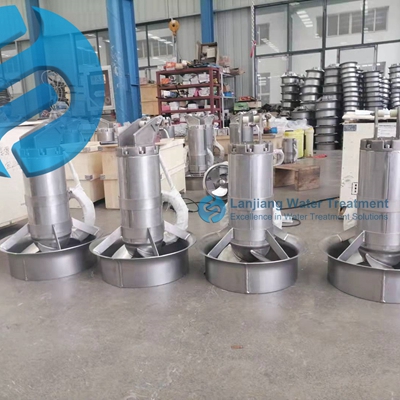The common classification of sewage treatment equipment is mainly based on its treatment process, function and application scenario. The following is a detailed description of the common classification of sewage treatment equipment:
First, according to the processing process classification
1. Physical processing equipment:
- Mainly through physical means, such as precipitation, filtration, centrifugation, etc., to remove suspended matter, floating matter, grease and so on in sewage.
- Common equipment: grid decontamination machine, sedimentation tank, filter (such as quartz sand filter, multi-media filter, etc.).
2. Biochemical treatment equipment:
- Use the metabolic action of microorganisms to convert organic matter in sewage into harmless substances.
- Common equipment: activated sludge reactor, biofilm reactor (such as biological filter, biological turntable), aerator, etc.
3. Chemical treatment equipment:
- Remove harmful substances from sewage through chemical reactions, such as oxidation, reduction, neutralization, etc.
- Common equipment: oxidation tank, electrolyzer, neutralization tank, etc.
4. Advanced processing equipment:
- Further treatment of preliminarily treated sewage to achieve higher water quality standards.
- Common equipment: activated carbon adsorber, ultraviolet sterilizer, ozone generator, etc.
5. Sludge treatment equipment:
- Used to treat sludge generated during sewage treatment to prevent secondary pollution.
- Common equipment: sludge thickener, sludge dehydrator, sludge drying equipment, etc.

Second, classification by function
1. Pretreatment equipment:
- Used to remove large particle impurities and suspended matter in sewage and protect subsequent treatment equipment.
- Such as grid decontamination machine, sedimentation tank, etc.
2. Main processing equipment:
- Undertake the main sewage treatment tasks, such as removal of organic matter, nitrogen and phosphorus and other pollutants.
- Such as activated sludge reactor, biofilm reactor, etc.
3. Post-processing equipment:
- Further purification of primary treated sewage to meet discharge standards or reuse requirements.
- Such as advanced treatment equipment, disinfection equipment, etc.
4. Sludge treatment and disposal equipment:
- Used to treat sludge to reduce its volume and moisture content for subsequent disposal.
- Such as sludge thickener, sludge dehydrator, etc.
Third, classification by application scenario
1. Domestic sewage treatment equipment:
- Used to treat domestic sewage, such as sewage generated by families, communities, schools, etc.
2. Industrial sewage treatment equipment:
- For the treatment of industrial wastewater, customized treatment according to the water quality characteristics of different industries.
3. Hospital sewage treatment equipment:
- Specially used to treat sewage produced by hospitals containing special pollutants such as pathogens and drug residues.
4. Rural sewage treatment equipment:
- Sewage treatment equipment designed for dispersed, small quantity and fluctuating water quality in rural areas.
To sum up, there are various types of sewage treatment equipment, which can be selected and configured according to different treatment processes, functions and application scenarios. In practical applications, a variety of factors need to be considered comprehensively to ensure the sewage treatment effect and the stability of the system operation.
Post time:2024-07-18